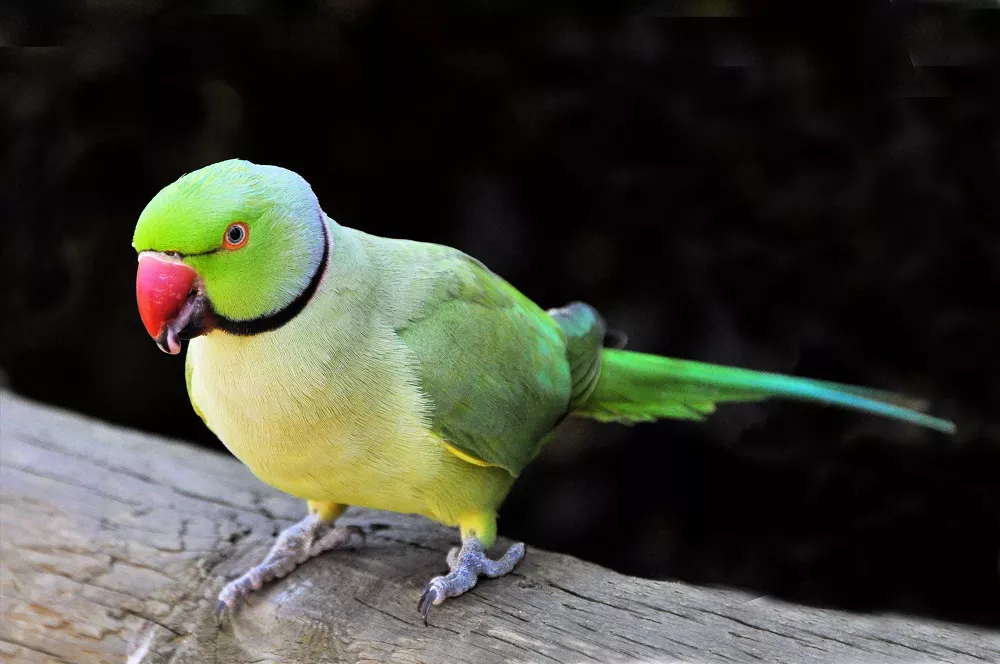Ringneck parrots, also known as Indian ringneck parrots, are a popular pet bird species due to their vibrant colors, playful personality, and impressive ability to mimic human speech. These birds come in a range of colors, but the most commonly seen are green with a distinctive ring of black or blue around their necks.
If you’re a bird enthusiast and have a Ringneck parrot, you may be wondering how to identify the gender of your bird. While it can be challenging to differentiate between male and female Ringneck parrots, there are a few key characteristics that can help you determine their gender.
- Body size and shape:
Male and female Ringneck parrots have slightly different body shapes and sizes. Males tend to be slightly larger than females, with a broader chest and a longer tail. Females, on the other hand, are generally smaller with a shorter tail and a narrower chest.
- Head shape:
Another feature that can help you determine the gender of your Ringneck parrot is the shape of their head. Male Ringneck parrots have a more prominent and broader head with a thicker neck, while females have a smaller, more rounded head with a narrower neck.
- Cere color:
The cere is the fleshy area above the beak where the nostrils are located. The cere color can also be used to determine the gender of your Ringneck parrot. In males, the cere is usually bright pink, while in females, it is a light tan or beige color. However, it’s important to note that the cere color can change slightly depending on the age and hormonal state of the bird.
- Behavioral differences:
Male and female Ringneck parrots may also exhibit different behaviors. Males are often more vocal and outgoing, while females may be more reserved and shy. Additionally, male Ringneck parrots may display courtship behavior, such as bobbing their heads or flapping their wings, when they are trying to attract a mate.
- DNA testing:
If you’re still unsure about the gender of your Ringneck parrot, you can consider DNA testing. This involves taking a small blood or feather sample from the bird and sending it to a laboratory for analysis. This is the most accurate method of determining the gender of a Ringneck parrot.
In conclusion, while it can be challenging to differentiate between male and female Ringneck parrots, there are several physical and behavioral characteristics that can help you determine their gender. By paying close attention to their body size and shape, head shape, cere color, and behavior, you can gain a better understanding of your bird’s gender. If you’re still unsure, DNA testing is always an option.


 Facebook
Facebook  Instagram
Instagram  Youtube
Youtube 